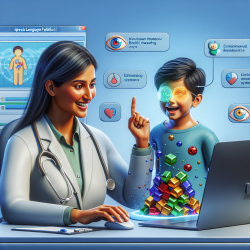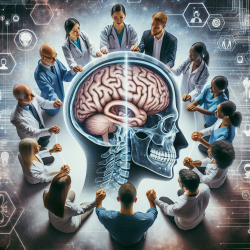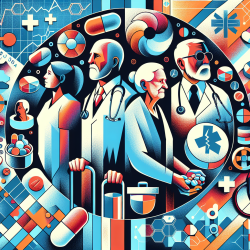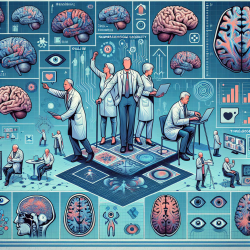Introduction
The journey to restore consciousness in patients with severe brain injuries is one marked by both hope and challenges. The recent research article, Therapies to Restore Consciousness in Patients with Severe Brain Injuries: A Gap Analysis and Future Directions, provides a comprehensive analysis of current therapeutic strategies and identifies key areas for future exploration. This blog aims to translate these findings into actionable insights for practitioners, particularly those working with children, to enhance therapeutic outcomes through evidence-based approaches.
Understanding the Current Landscape
The study categorizes therapies into five distinct classes:
- Pharmacologic
- Electromagnetic
- Mechanical
- Sensory
- Regenerative
Each class has its own set of challenges and potential, with pharmacologic interventions like amantadine being the only therapy currently supported by strong clinical evidence. The research highlights the need for a unifying framework to evaluate therapeutic mechanisms, large-scale trials, and biomarkers to measure therapeutic effects.
Bridging the Gaps
The gap analysis identifies several critical areas where current therapies fall short:
- Lack of a comprehensive framework for evaluating therapeutic mechanisms.
- Insufficient large-scale randomized controlled trials.
- Absence of pharmacodynamic biomarkers for early-phase trials.
To address these gaps, the study proposes a precision medicine approach, tailoring clinical trials to patients' physiological receptivity and measuring effects through behavioral, neuroimaging, and electrophysiologic endpoints.
Implementing Data-Driven Decisions
For practitioners, the key takeaway is the importance of integrating data-driven decisions into therapeutic practices. This involves:
- Utilizing a precision medicine approach to select therapies based on individual patient profiles.
- Incorporating neuroimaging and electrophysiologic tools to monitor and evaluate therapy effectiveness.
- Engaging in international collaborations to contribute to large-scale trials and share insights.
Future Directions
The research advocates for the development of combination therapies that leverage multiple therapeutic modalities to stimulate neural networks through synergistic mechanisms. This approach could involve:
- Combining pharmacologic and electromagnetic therapies for enhanced effects.
- Exploring new pharmacologic agents and testing them in diverse settings.
- Developing novel sensory and regenerative therapies to support neuroplasticity and recovery.
Conclusion
Practitioners are encouraged to embrace these insights and contribute to the evolving landscape of consciousness therapies. By integrating data-driven strategies and participating in collaborative research efforts, we can enhance therapeutic outcomes and improve the lives of children with severe brain injuries.
To read the original research paper, please follow this link: Therapies to Restore Consciousness in Patients with Severe Brain Injuries: A Gap Analysis and Future Directions.










